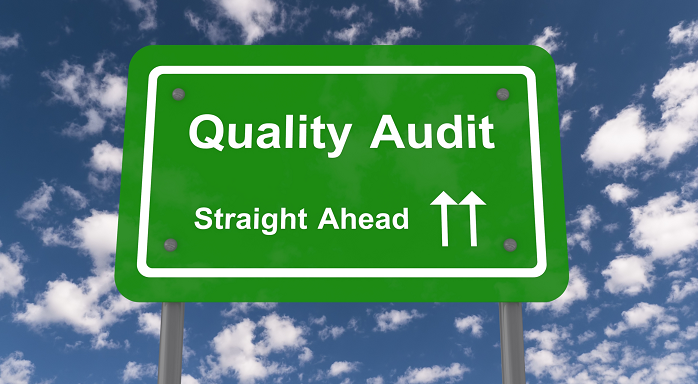EASA Compliant Quality Auditing – Communicating a Finding to the Auditee
Remember that our quality system is a documented system – means that all audit findings should be formally presented in a way which supports the effective understanding of the issue together with the need communicate clearly so the auditee understands the issue. The choice of words and the tone of message is also important not to forget that we are trying to promote positive change. For example it is better to identify a missing process is required by a specific policy and not to describe it as a violation of policy.
Using neutral words not only provides for a more palatable reception it also increases the probability that the management will provide an acceptable response as well as taking appropriate corrective action. Essentially we as quality auditors are challenged with getting the message across to ensure that we achieve the best possible Quality of Communications.
Let’s consider what our communication needs to achieve
To be accurate – Auditing is a factual experience and we need to limit subjectivity
a) Communications must be accurate to ensure we deliver the correct information in a way that it can be understood by the auditee. Accurate communications are free from errors and other distortions and focus on the underlying facts.
b) Communication should be objective – we should not be biased by previous knowledge, experience or exposure, focus on exactly what is the actual situation – no speculating! Objective communications are fair, impartial, and unbiased and are the result of a balanced assessment of all the relevant facts.
c) Communication must be clear free from ambiguities and other distractions. Clear communications should be easily understood as well as logical in presentation, It is important to avoid any unnecessary technical language.
d) Auditors should be diplomats ensure your communication remains constructive – negative comments does not add value to the situation and should be avoided if possible. Constructive communications are helpful (However be careful not to create a “task list” for the auditee you are presenting findings not solutions).
e) Ensure your message is complete! Step by step (drip feeding) the delivery of the findings is not so effective to the overall process. Full communications is essential to ensure that all important information is provided to ensure a full understanding
f) Deliver the findings in a timely manner – do not let a significant amount of time elapse between understanding the issue and raising awareness of the issue.
Sofema Aviation Services provides more than 40 Quality Assurance related EASA regulatory compliant and vocational training courses.
For details please see www.sassofia.com or email office@sassofia.com




